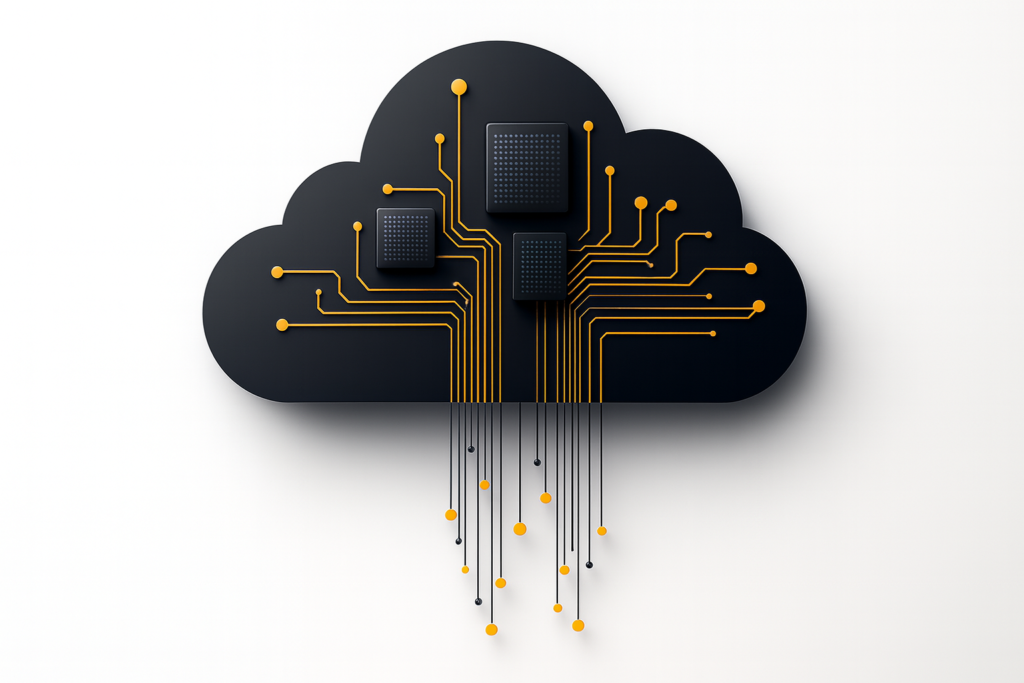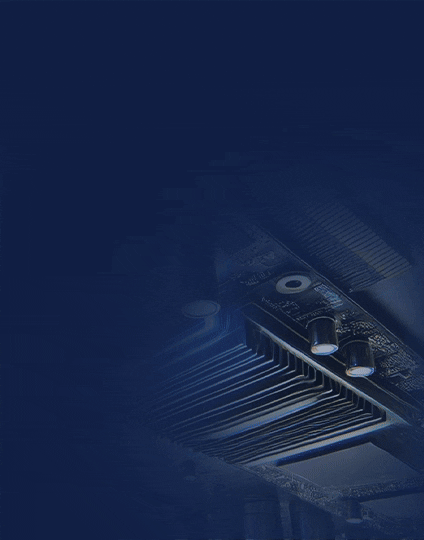Artificial Intelligence (AI) has transformed nearly every industry, from autonomous systems and healthcare to financial analytics and cloud services.
As AI workloads grow in scale and complexity, cloud data centers face increasing pressure to deliver high performance, low latency, and energy-efficient processing. Traditional processors like CPUs and GPUs, while powerful, are often limited by fixed architectures that cannot adapt dynamically to evolving workloads.
This has paved the way for Field Programmable Gate Arrays (FPGA)- reconfigurable hardware platforms that combine flexibility, scalability, and speed.
Their growing adoption in cloud infrastructures is fueling a new era known as reconfigurable computing, where hardware can be optimized on the fly to meet the unique demands of AI applications.

The Need for Reconfigurable Hardware in Cloud AI
AI workloads are inherently diverse. From deep neural networks and computer vision to natural language processing, each application requires different computational patterns.
Traditional processors are designed with fixed instruction sets, making it difficult to optimize for every type of AI task.
This limitation leads to inefficiencies in both performance and energy consumption, particularly in cloud environments that handle millions of concurrent AI operations.
Reconfigurable hardware like FPGAs solves this problem by allowing hardware-level customization, enabling cloud providers to fine-tune performance for specific AI models.

What Makes FPGAs Ideal for Cloud-Based AI
They offer a unique middle ground between general-purpose CPUs and highly specialized ASICs. Their ability to reconfigure logic blocks allows them to adapt to diverse workloads while maintaining high throughput and low latency.
Parallelism and Customization
AI models, particularly neural networks, rely heavily on parallel computations. FPGAs enable custom parallel pipelines that process multiple data streams simultaneously. This level of customization ensures optimal resource utilization and accelerates model inference in the cloud.
Low Latency and Real-Time Processing
Unlike GPUs that depend on batching to achieve efficiency, FPGAs provide consistent real-time performance. This makes them ideal for time-sensitive AI workloads such as autonomous systems, financial trading, and real-time video analytics.
Energy Efficiency
FPGAs consume significantly less power than GPUs for equivalent AI inference tasks. Their hardware-level efficiency helps cloud service providers lower operational costs while maintaining sustainable data center performance.
Scalability and Flexibility
Cloud environments benefit from FPGAs’ dynamic reconfiguration capabilities. Hardware can be reprogrammed on demand to handle different AI workloads- from image recognition in one instance to speech synthesis in the next- without requiring physical hardware changes.
Integration with Cloud Infrastructure
Leading cloud providers like Microsoft Azure, Amazon Web Services (AWS), and Alibaba Cloud have already integrated FPGA instances into their platforms. These FPGA-powered instances allow users to deploy and scale AI models efficiently while maintaining full control over hardware behavior.

FPGA Use Cases in Cloud AI Workloads
FPGAs are increasingly being deployed in a variety of AI and machine learning applications within cloud environments:
Deep Learning Inference Acceleration: Optimizing convolutional and transformer-based models for ultra-fast inference.
Natural Language Processing (NLP): Enabling real-time sentiment analysis and machine translation with reduced latency.
Recommendation Systems: Accelerating data retrieval and prediction for personalized content delivery.
Edge-to-Cloud AI Pipelines: Handling preprocessing, inference, and data compression seamlessly between the edge and cloud layers.
High-Performance Data Analytics: Performing parallel data filtering, sorting, and classification for faster insights.

Reconfigurable Computing: The Future of Cloud AI
Reconfigurable computing refers to the ability to dynamically reshape hardware architecture according to application needs. In the context of cloud-based AI, this approach allows workloads to achieve hardware specialization without the cost and rigidity of ASICs.
With tools like High-Level Synthesis (HLS) and frameworks such as Vitis AI and OpenCL, developers can now design FPGA-based AI accelerators using high-level languages, making the technology more accessible than ever.
The rise of reconfigurable computing marks a significant paradigm shift- from fixed-function acceleration to adaptive intelligence infrastructure- where cloud platforms can evolve in real time to meet changing AI demands.

Challenges in FPGA Adoption
While FPGAs offer unmatched adaptability, their adoption comes with certain challenges. Designing efficient FPGA-based AI systems requires specialized skills in hardware description languages and optimization techniques.
Additionally, the development cycle for FPGAs has traditionally been longer than for software-based systems.
However, advancements in AI-focused development frameworks and cloud deployment tools are addressing these issues.
Vendors like AMD (Xilinx) and Intel are simplifying the FPGA programming process through pre-optimized IP cores, software libraries, and no-code configuration platforms.

Conclusion
As AI continues to push the boundaries of computation, FPGAs have emerged as a cornerstone of the next-generation cloud infrastructure.
Their reconfigurable nature enables cloud providers to strike the perfect balance between performance, flexibility, and efficiency- something that static architectures struggle to achieve.
The rise of reconfigurable computing represents more than a technological evolution; it’s a fundamental shift toward adaptive, intelligent, and future-ready hardware ecosystems.
With FPGAs at the core, the cloud is poised to deliver faster, greener, and smarter AI services for the world ahead.


![What is FPGA Introduction to FPGA Basics [2023] computer-chip-dark-background-with-word-intel-it](https://fpgainsights.com/wp-content/uploads/2023/06/computer-chip-dark-background-with-word-intel-it-300x171.jpg)









